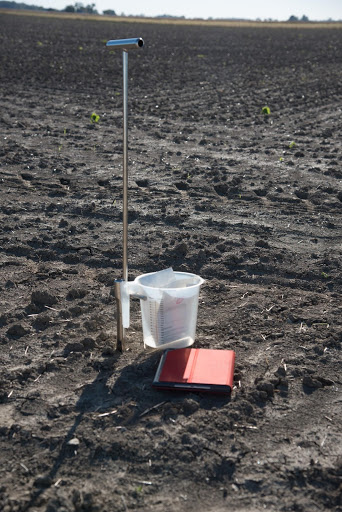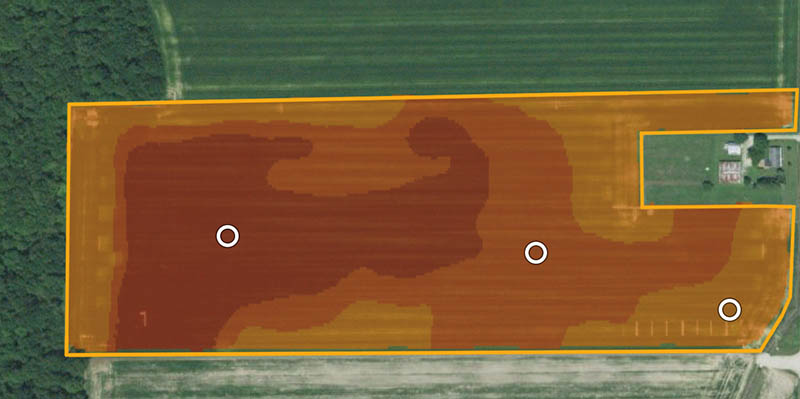As a grower, one of your most powerful tools is data gained from soil testing. Soil testing should be considered an integral part of every management plan because it impacts the way farmers implement every other action on their farm. Your soil test is a roadmap from where you have been to where you want to go. Not soil sampling could be costing you tremendous yield and limit your potential.
Without soil tests, we cannot make an accurate recommendation going forward. You are paying for a lot of information when you pay for a soil test. You are also getting a better understanding of your field and more accurate recommendations in the future.
One of the biggest challenges we have seen though is not knowing how to use those results. As times have changed, so have the accuracy of soil testing and the ability of what to do with that data. Soil sampling should be your first step but it takes more than just soil sampling your fields to build a better plan for your farm.
If you have had a piece of land for a long time, you’ve got history every time you sample. You sample the exact same spot every time so we can track those exact same areas and look for trends. Are you getting a higher yield in some areas? Are you pulling more nutrients?


It is also important to remember that this is not a one-season process. It takes time to make fertility adjustments to your soil. When we read your soil test results, it’s important to compare this year’s result to past results. It’s important to keep track of your nutrient levels and pH change over time to determine how effective your nutrient applications are to your crop and to determine whether or not you have an opportunity to reduce cost by applying those nutrients more accurately.
Experts recommend sampling every three to four years. If we are using old data, we lack the confidence in knowing what the soil really needs. Regular soil testing can help the farmers better understand soil-nutrient availability, increase crop productivity and become better stewards of the land.
Not sure what you should be looking for in your soil test results? Ask your Agronomist to explain the process to you.
To improve soil fertility in the current growing season and in the future, our precision agriculture specialists will work with your agronomist to sample the soil in your fields.
We offer a variety of soil sampling options to fit the needs of individual growers, farms, and fields.
Management zone sampling: management zones are created using various layers of information including, but not limited to normalized yield data, soil maps, elevation, and NDVI. Within each zone, 10-12 soil cores are taken throughout the zone to be combined into one sample to represent that zone.
Grid sampling: a predetermined grid size is overlaid on the field, at each grid point 10-12 soil cores are taken. Grid sizes vary, with 2.5 and 5 acre grids being most popular.
Composite sampling: several areas of the field are sampled then combined into one sample to represent the field.
Your samples are sent to our partners at A&L Great Lakes Laboratory. Utilizing Agworld, the lab results are bar-coded for accuracy, tracking and data storage. Your results can be combined with historic yield data as well as aerial imagery to create a variety of maps and management zones based on your field’s specific needs for optimal production.

